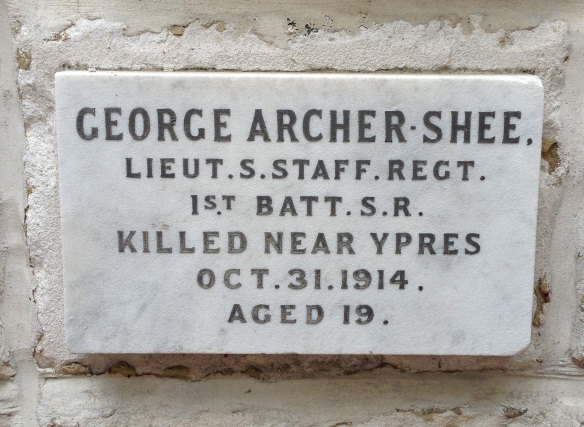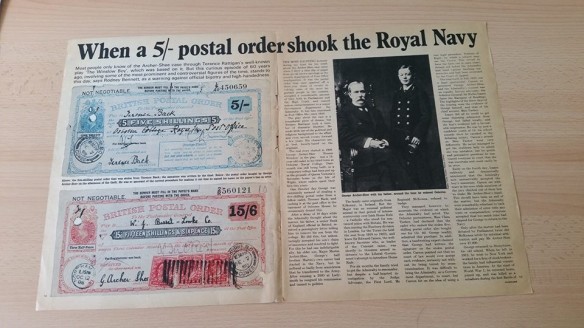Between 1900 and 1965, the area now in the borough of Wandsworth was made up of two separate, and quite different, boroughs – Battersea and Wandsworth. Wandsworth encompassed Putney, Wandsworth, Tooting, Balham, Clapham and Streatham, and the borough of Battersea went from Nine Elms through Clapham Junction and the area between the commons as far down as Nightingale Lane. At the outbreak of war, the Mayor of Wandsworth was Archibald Dawnay, who had been mayor since 1908 and was to continue in post until 1919. He was a civil engineer who ran a successful firm of constructional engineers, including a large steelworks at Battersea. Battersea’s mayor was John Archer, elected in November 1913 he was London’s first black mayor and outside of the Council ran a photographic studio in Battersea Park Road. Archer was a member of the Progressive Alliance, many of whom would later be part of the Labour Party and Dawnay was a Conservative.
Both boroughs were part of the Wandsworth and Clapham Union, which ran the workhouse – known as the Swaffield Road Institution – and the free hospitals in the borough, including St John’s and St James’ Hospitals. There was no National Health Service and National Insurance and pensions were still very recent, having been introduced in the wake of the 1909 budget – sometimes called the “People’s Budget”.
Education was only compulsory for primary school, although there were several grammar and other schools providing secondary education in the borough, including Sir Walter St Johns School and Battersea Grammar School. Battersea Polytechnic opened on Battersea Park Road in 1891 providing higher education within the borough – it later became the foundation of the University of Surrey.
Both Wandsworth and Battersea contained numerous industrial sites along the river and throughout the boroughs, which were major local employers. These included breweries, steel works, biscuit factories and bakers as well as railway works.
Many properties were owned by private landlords and rented out, several families could be sharing one house and the Councils inspected these to check for any problems, although this would largely have been in response to complaints. Often houses would have been small and little better than slums.
Voting in parliamentary elections was restricted to men, usually the head of the household, and paying a certain amount of rent each year. Poor men and all women were unable to vote for parliament, although they could vote in some local elections. Restrictions on voting had not changed since 1884, despite well-publicised campaigns.
Battersea was the smaller of the two boroughs, with a population in 1914 of 167,338. According to the 1911 census Wandsworth had a population of 311,360, which was almost double the size of Battersea and bigger than the 2012 borough, which had a population of 308,310. Wandsworth did include areas that it doesn’t today, which is one of the reasons it was larger.
This is only a very brief overview of the borough, for more information please do contact the Heritage Service – we hold books, maps and archives which will give much more detail than could fit in a blog post!




